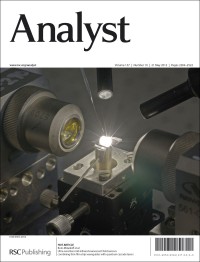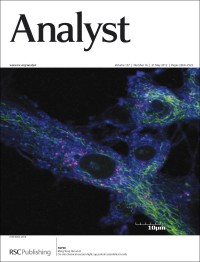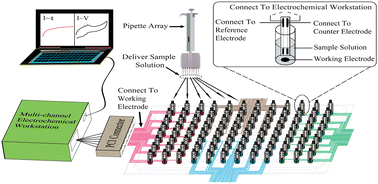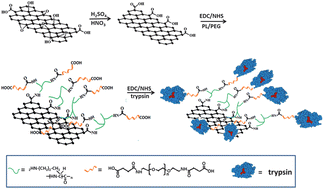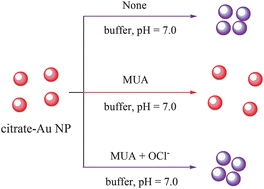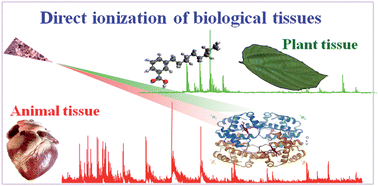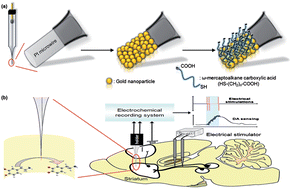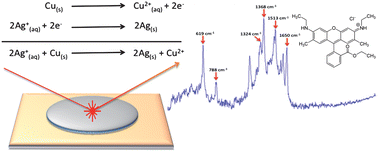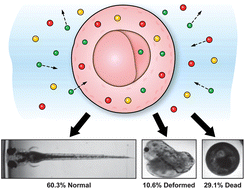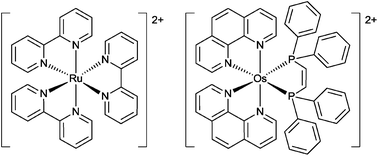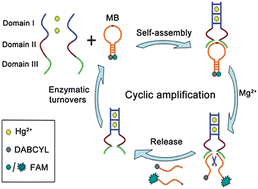 In this month’s issue of Analyst, we have a paper from Norman Dovichi, from the University of Notre Dame, USA, who has recently been announced as the recipient of the Robert Boyle Prize for Analytical Science for 2012 by the Royal Society of Chemistry. The prize was awarded for his pioneering development of ultrasensitive separations, including the first separations at zepto- and yoctomole levels and capillary electrophoresis-based DNA sequencing for the human genome.
In this month’s issue of Analyst, we have a paper from Norman Dovichi, from the University of Notre Dame, USA, who has recently been announced as the recipient of the Robert Boyle Prize for Analytical Science for 2012 by the Royal Society of Chemistry. The prize was awarded for his pioneering development of ultrasensitive separations, including the first separations at zepto- and yoctomole levels and capillary electrophoresis-based DNA sequencing for the human genome.
If you are interested to hear about his work, Norman will be speaking at the RSC Symposium at Pittcon 2013, which is being held March 17 – 21, 2013, Pennsylvania Convention Center, Philadelphia, PA USA.
His recent paper in Analyst, is on the new design of a sheath flow cuvette that uses an inexpensive quartz cuvette. The sensitivity and performance was then tested using capillary electrophoresis and a laser-induced fluorescence detector. Click on the title below to read more.
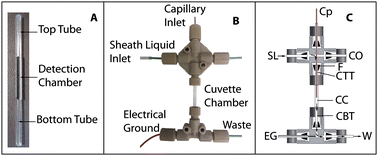
Oluwatosin O. Dada, Bonnie J. Huge and Norman J. Dovichi
Analyst, 2012, 137, 3099-3101
DOI: 10.1039/C2AN35321K












